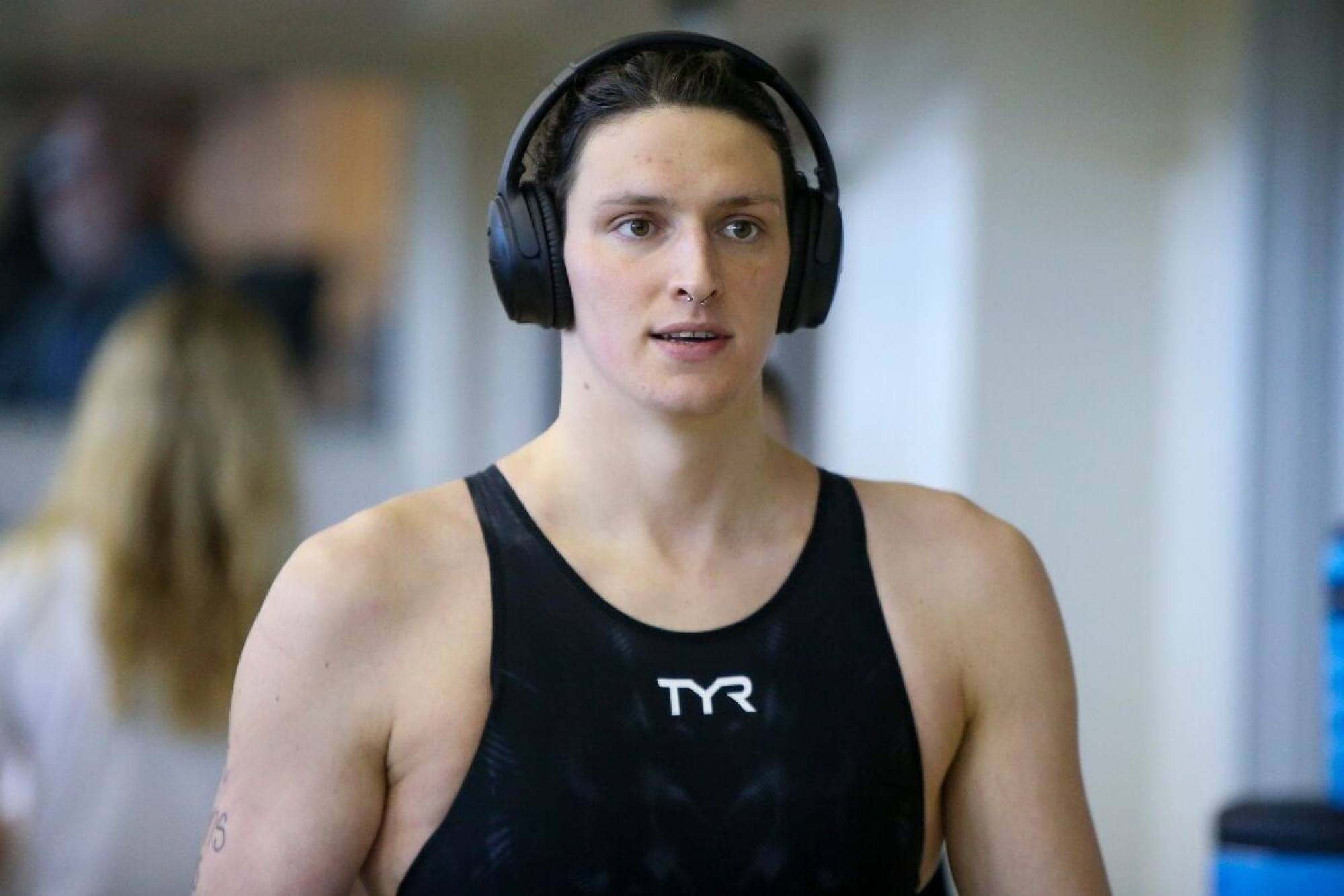
In the wake of surging debates about inclusivity and fairness in sports, Lia Thomas, a name that has become synonymous with the turbulence surrounding transgender athletes, has been barred from women’s competitive swimming, coupled with a statement as chilling as the depths of the ocean: “She doesn’t fit.”
The ripple effects of Lia’s ban extend beyond the boundaries of the pool, soaking into the very fabric of our understanding of gender, competition, and equity in sports. This decision has flung open the floodgates for myriad questions about how we comprehend and navigate biological and gender disparities in competitive realms.
Lia Thomas, whose athletic journey has been as undulating as the waves she cuts through, emerged as a formidable swimmer, representing the University of Pennsylvania and entwining her name with numerous records. However, her triumphs in the pool have been paralleled by a burgeoning maelstrom of debates and discussions surrounding her participation in women’s competitive sports.
While opponents argue that Lia, being a transgender woman, retains a biological advantage over her cisgender counterparts, supporters of Thomas underscore the discriminatory undertones of the ban, illustrating it as a stark rejection of her identity and a disregard for her struggles and sacrifices to compete as her authentic self.
Underpinning the move to disallow Lia from competing are the embedded notions of fairness and competitive advantage. The dynamics of sports competition, especially in arenas defined by gender, have often been grounded in physical and physiological metrics.
Critics of Lia’s participation emphasize these very metrics — muscle mass, bone density, and lung capacity, arguing that these biological remnants from her male puberty confer an unfair advantage. The essence of their argument is rooted in preserving what is perceived to be a level playing field, ensuring that all athletes compete under equitably consistent physiological parameters.

Yet, there is an opposing current that emphasizes the psychological, emotional, and social nuances involved in transitioning, arguing that these aspects are seldom brought to light in conversations overshadowed by biology and physiology. Lia’s supporters highlight her courage and resilience amidst a sea of contention and underscore the importance of an inclusive sports environment that embraces diverse identities.
Transgender athletes, when thrown into the spotlight, are subjected to a level of scrutiny that extends far beyond their athletic prowess. Lia’s journey is no exception. It entails not just an assessment of her capabilities as an athlete but a critical, sometimes invasive, examination of her identity, physiology, and right to participate.
In this vortex of debate, one cannot disregard the psychological and emotional toll such an environment could levy upon an individual, whose journey to self-recognition and acceptance has likely been fraught with challenges and hurdles.
As we navigate through these stormy waters, it becomes imperative to address the broader implications of this ban. How does it echo through the lives of other transgender athletes, aspiring competitors, and individuals who find their identity stifled and rejected in competitive environments?
While one might argue that the root of such decisions lies in maintaining fairness in women’s sports, it is crucial to broaden our perspective, considering the societal, psychological, and emotional ramifications that emanate from such a stance.

In conclusion, Lia Thomas’ ban invites us to scrutinize and reconsider our perspectives on fairness, inclusion, and identity in sports. It nudges us to dive deeper into the conundrum of competitive equity, exploring pathways that allow us to embrace diverse identities while maintaining the integrity of competitive sports. It is not merely a question of who gets to compete and who doesn’t — it’s about ensuring that our sporting environments are reflective, respectful, and inclusive of the diverse tapestry of athletes that step into the arena.